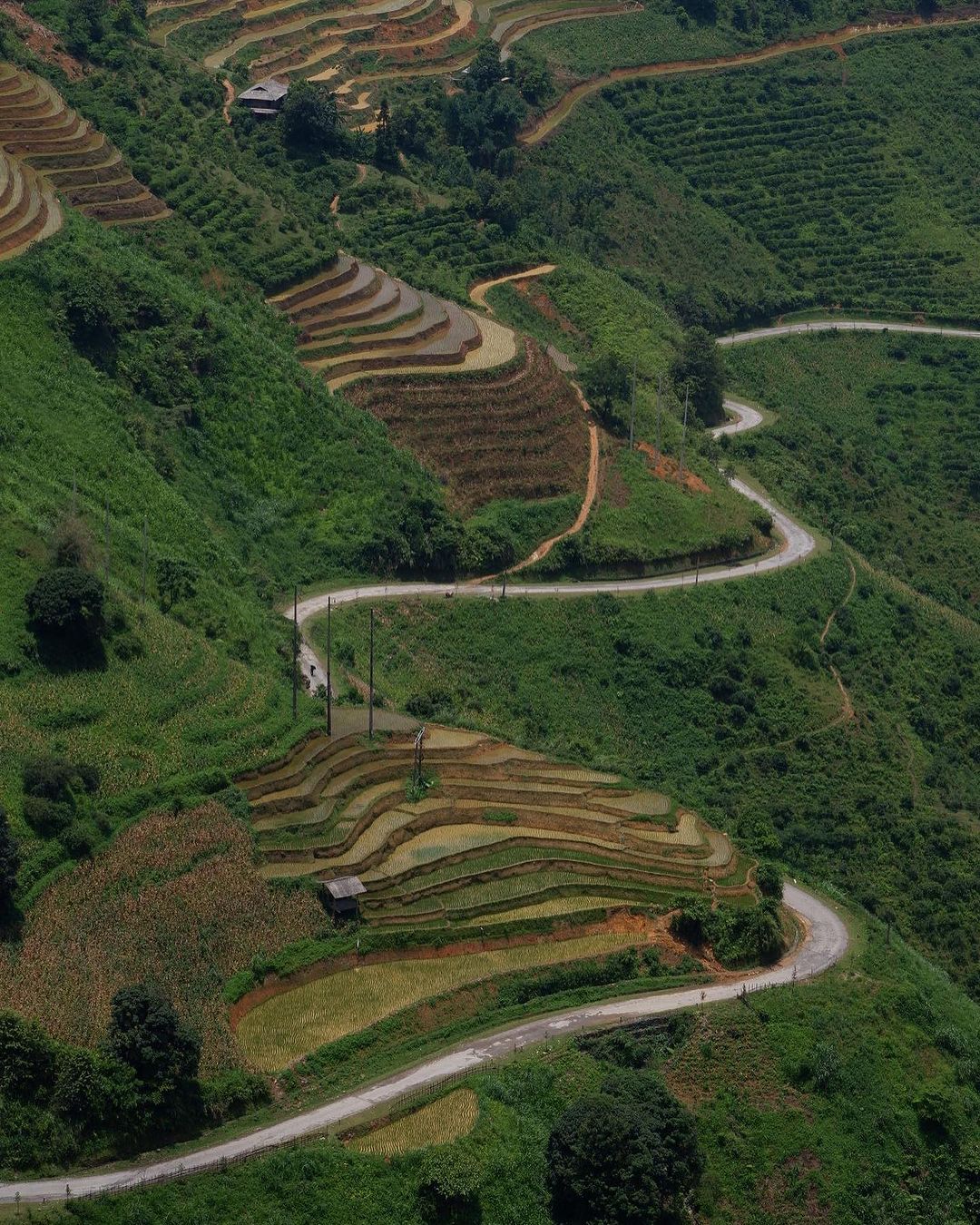
Ha Giang is home to over 20 different ethnic groups, with the Hmong, Tay, Dao, and Nung being the most prominent. These communities have lived in the region for centuries, preserving their distinct languages, customs, and traditional practices. The province’s remote and mountainous terrain has contributed to the preservation of these cultures, allowing visitors a rare glimpse ways of life that have remained largely unchanged over time.
The Hmong people are one of the largest ethnic groups in Ha Giang, known for their distinctive traditional clothing, colorful festivals, and intricate craftsmanship. Predominantly residing in the highland areas, the Hmong are skilled farmers, cultivating terraced rice fields that cascade down the mountainsides in a stunning display of agricultural ingenuity.
The Hmong are easily recognizable by their traditional attire. The women wear bright, embroidered skirts, jackets, and headpieces adorned with silver jewelry, while the men don indigo-dyed clothes. One of the most spectacular festivals to witness is the Hmong New Year, celebrated in late December or early January. The festivities include vibrant dances, traditional music played on the khen (a bamboo mouth organ), and various cultural games and activities.
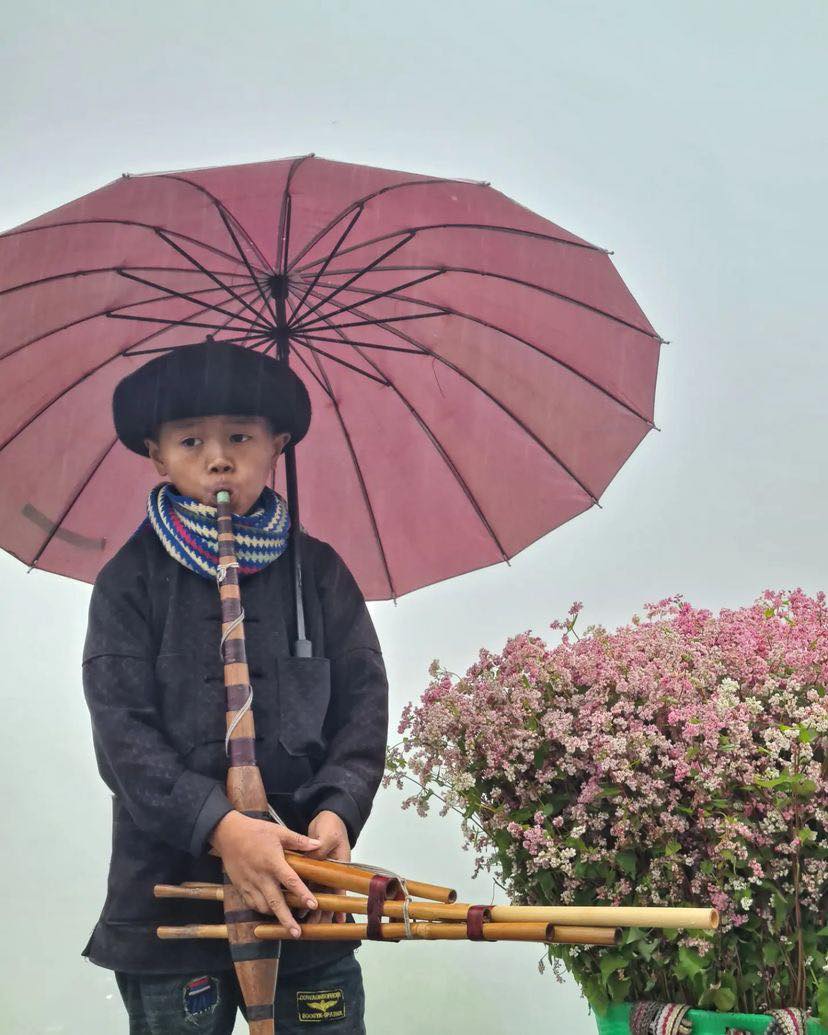
Hmong women are renowned for their embroidery and batik techniques. They create beautiful textiles that are both functional and artistic. Visitors can explore local markets and workshops to see these artisans at work and purchase unique handmade items such as clothing, bags, and decorative pieces. Participating in a textile workshop is a wonderful way to learn about this traditional craft and support the local economy.
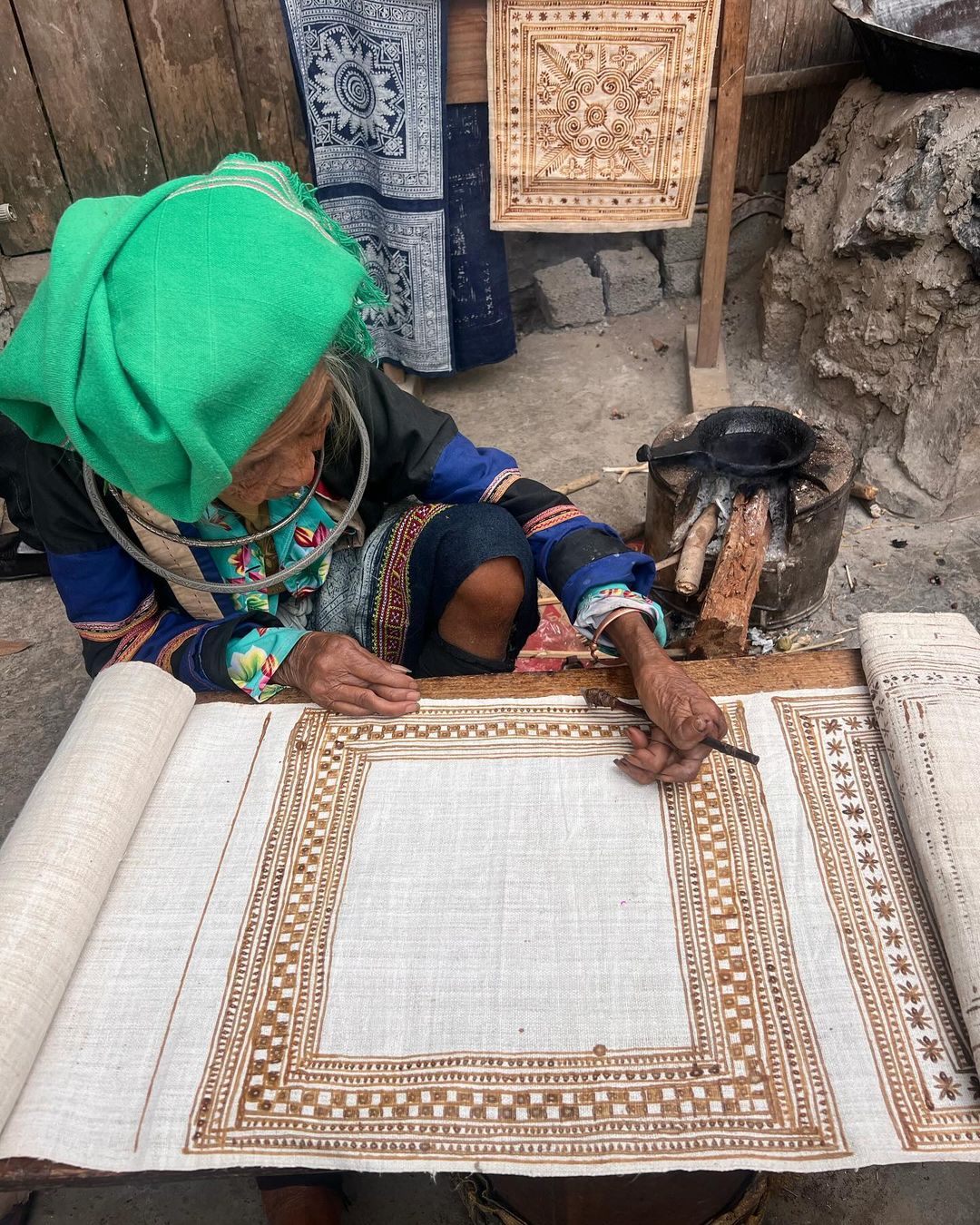
One of the best ways to experience Hmong culture is by visiting their villages. Places like Dong Van and Meo Vac offer opportunities to stay in homestays, where you can learn about Hmong daily life, sample traditional dishes, and perhaps even try your hand at some of their crafts, such as embroidery or weaving.
Visit Ha Giang Loop Life and Culture
The Tay people, the second-largest ethnic group in Ha Giang, predominantly live in the lowland areas along rivers and valleys. Known for their harmonious relationship with nature, the Tay have a rich cultural heritage that is deeply connected to their agricultural lifestyle.
A defining feature of Tay culture is their traditional stilt houses, which are built to adapt to the mountainous terrain and protect against flooding. These wooden structures are raised on stilts and have thatched or tiled roofs. Visitors can experience Tay hospitality by staying in a homestay, where they can enjoy traditional meals, engage with local families, and learn about the Tay way of life.
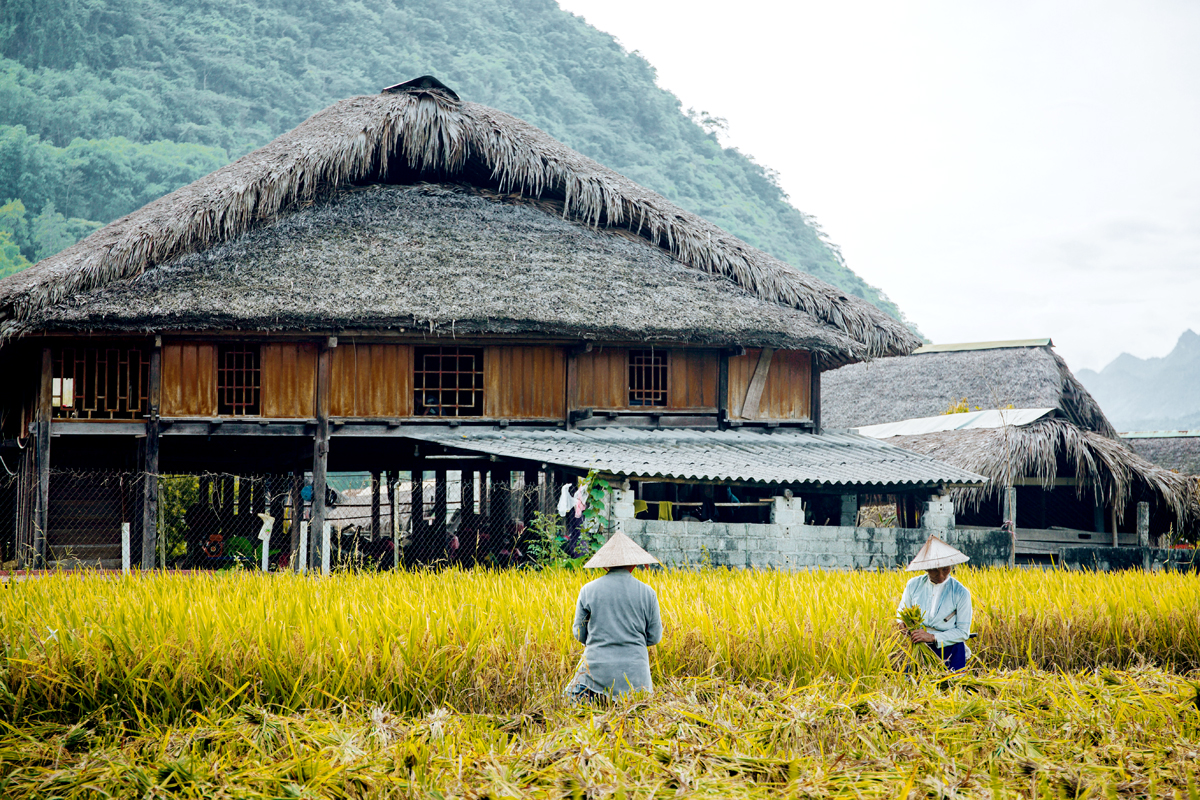
The Tay celebrate several festivals throughout the year, with the Long Tong Festival being one of the most significant. Held in early spring, this festival is a celebration of the new agricultural season and involves rituals, traditional games, and performances. It’s a vibrant and joyful event that offers a deep insight Tay culture and their reverence for nature.
Visiting a Tay village, such as those in Quang Ba and Yen Minh, provides a chance to see their unique stilt houses and enjoy the serene beauty of their rice paddies. Many Tay families also offer homestays, where you can experience their hospitality and learn about their traditional way of life.
Watch more videos on our Youtube Channel: Jasmine Ha Giang
The Dao people, also known as Yao, are another prominent ethnic group in Ha Giang. They are known for their distinctive red or black clothing, elaborate silver jewelry, and rich cultural traditions.
The Dao people are divided sub-groups, with the Red Dao and Black Dao being the most well-known. The Red Dao women wear bright red headscarves and intricately embroidered clothing, while the Black Dao have simpler, darker attire. Both groups share a strong sense of community and pride in their cultural heritage.
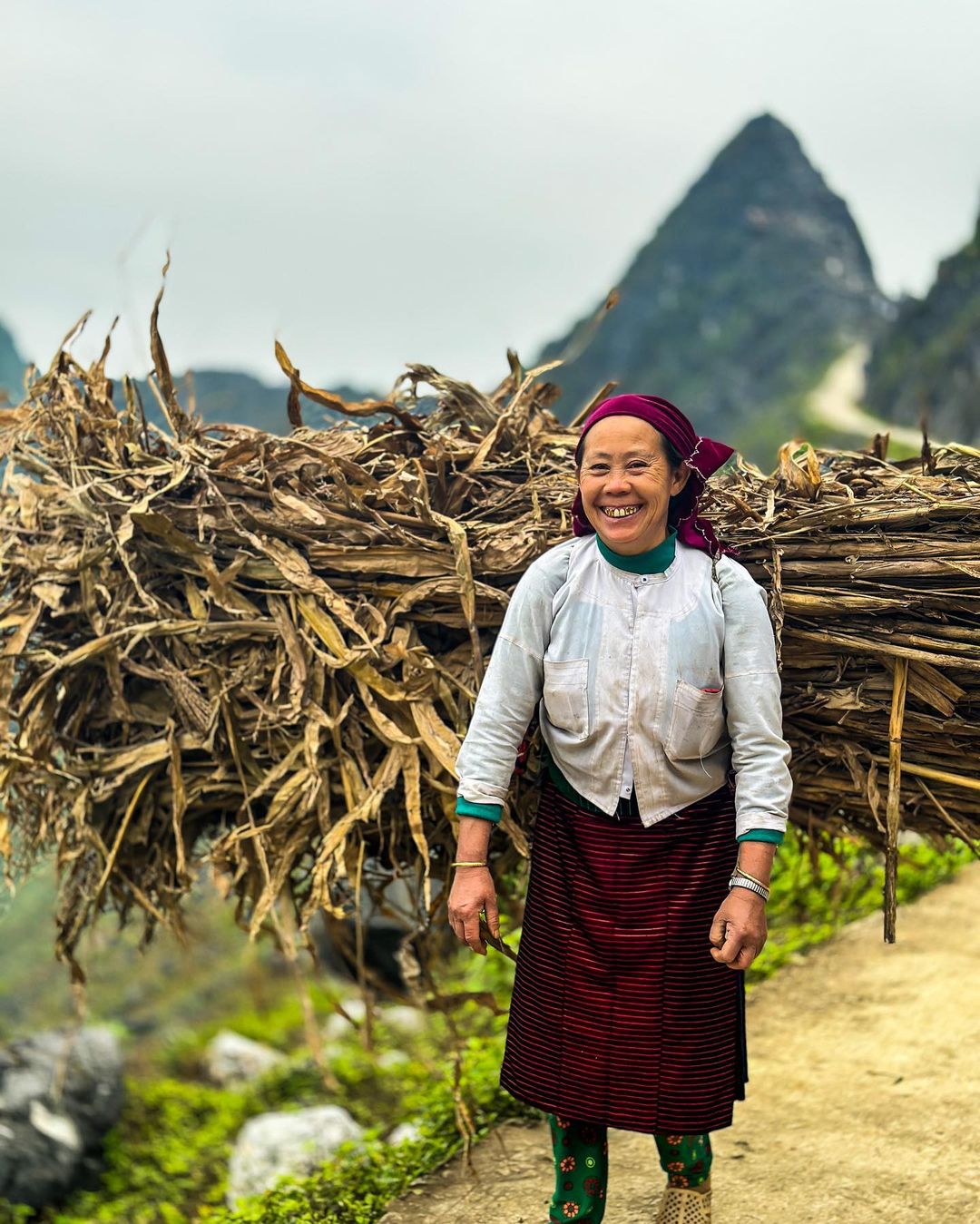
The Dao are renowned for their knowledge of herbal medicine and traditional healing practices. They use various plants and herbs to create remedies for a range of ailments. Visitors can explore Dao villages to learn about these ancient practices and even participate in a herbal bath, a therapeutic experience that showcases the Dao’s deep understanding of nature’s healing properties.
The Dao people celebrate numerous festivals, with the Fire Dance Festival being one of the most mesmerizing. Held in the lunar New Year, this festival involves a ritual dance around a bonfire, symbolizing the purification of the land and the community. It’s a captivating spectacle that highlights the Dao’s spiritual beliefs and close connection to nature.
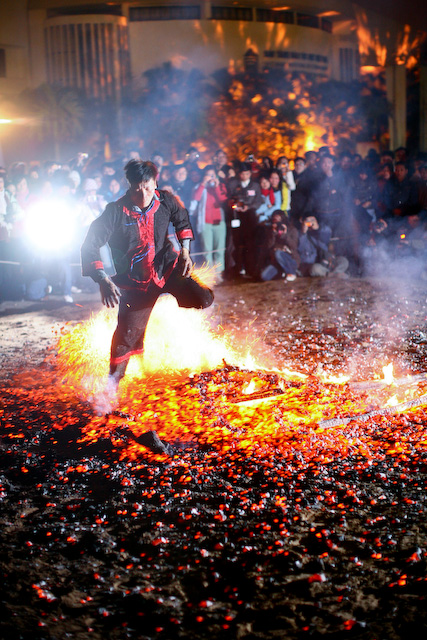
Dao villages, such as those in Hoang Su Phi, offer an authentic cultural experience. Visitors can learn about Dao traditional medicine, participate in their rituals, and explore the stunning terraced fields that the Dao have cultivated for centuries. Staying in a Dao homestay allows for a deeper connection with the community and a better understanding of their way of life.
Visit Hidden Gems in Ha Giang
The Nung people, known for their black and indigo clothing, are skilled artisans and farmers. The Nung community is small but vibrant, with a rich tradition of crafts and agriculture.
The Nung are famous for their weaving and pottery, creating beautiful textiles and ceramic items that are both functional and decorative. The Nung have a folk cultural festival that is Forest God Worship Ceremony. This is a very important ritual in the material, spiritual and religious life of the Nung ethnic group, expressing people’s respect for the forest god.
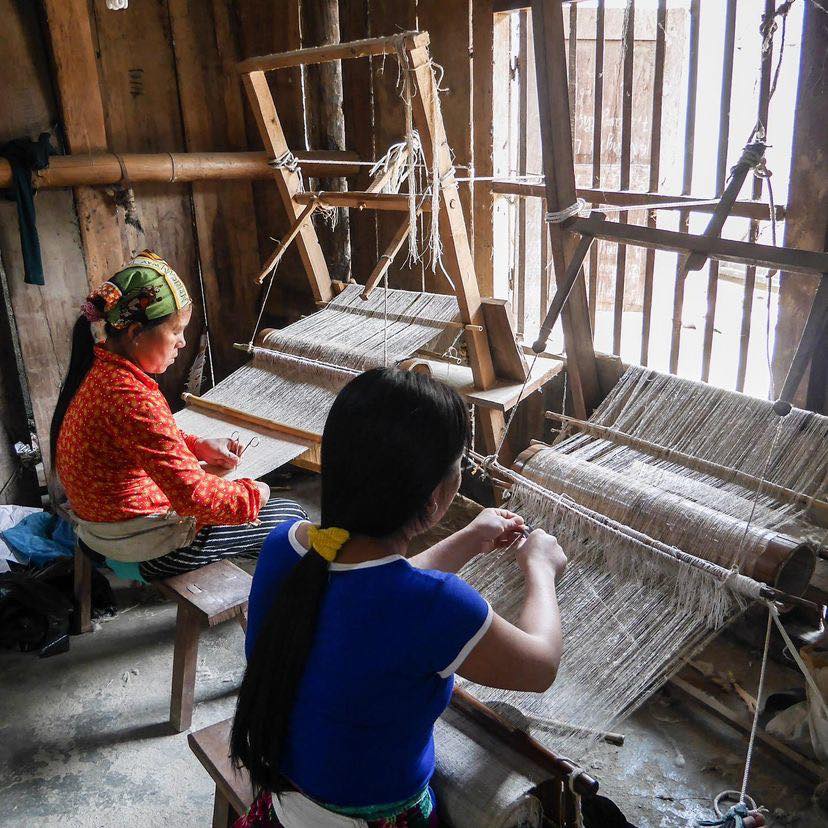
Visiting a Nung village, such as those in Bac Me, offers an opportunity to see their craftsmanship up close. You can participate in workshops to learn about traditional weaving techniques or try your hand at pottery. The Nung’s agricultural practices, which include terraced farming and aquaculture, are also fascinating to explore.
Visit Popular Routes and Destination
The Lo Lo, though smaller in number, play a significant role in Ha Giang’s cultural mosaic. Living in the remote areas of Meo Vac and Dong Van districts, the Lo Lo are dedicated to preserving their unique cultural heritage.
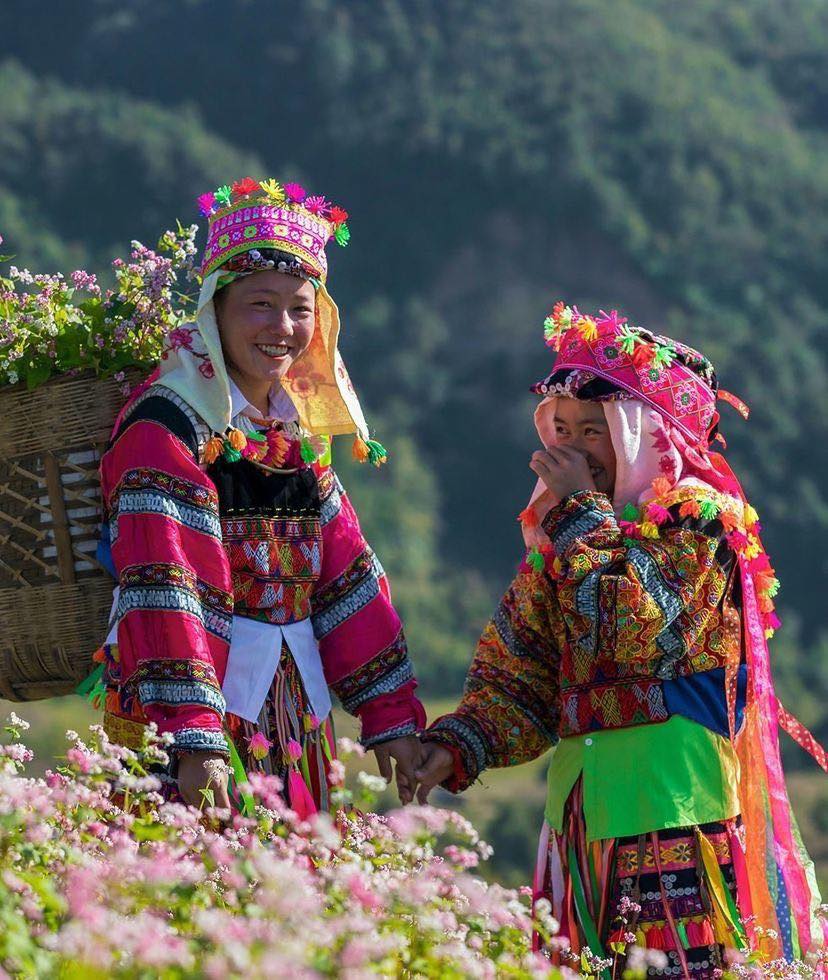
The Lo Lo are known for their vibrant traditional clothing, which features intricate patterns and bright colors. Women wear skirts and blouses adorned with beads, coins, and embroidery, while men typically wear black or indigo garments. The Lo Lo also create beautiful jewelry silver and other materials, which holds cultural and spiritual significance.
The Lo Lo celebrate several festivals, with the Long Tong Festival and the New Rice Festival being particularly important. These events involve traditional music, dance, and rituals that honor the spirits and ensure a good harvest. Attending these festivals provides a unique opportunity to witness the cultural richness of the Lo Lo people.
6.3. Visiting Lo Lo Villages
The Lo Lo live in close-knit communities, where everyone plays a role in maintaining the cultural heritage. They practice subsistence farming, growing crops such as maize and rice, and raising livestock. Visitors to Lo Lo villages can experience the simplicity and warmth of their lifestyle, participate in daily activities, and learn about their customs and traditions.
Visit Terraces in Ha Giang Loop
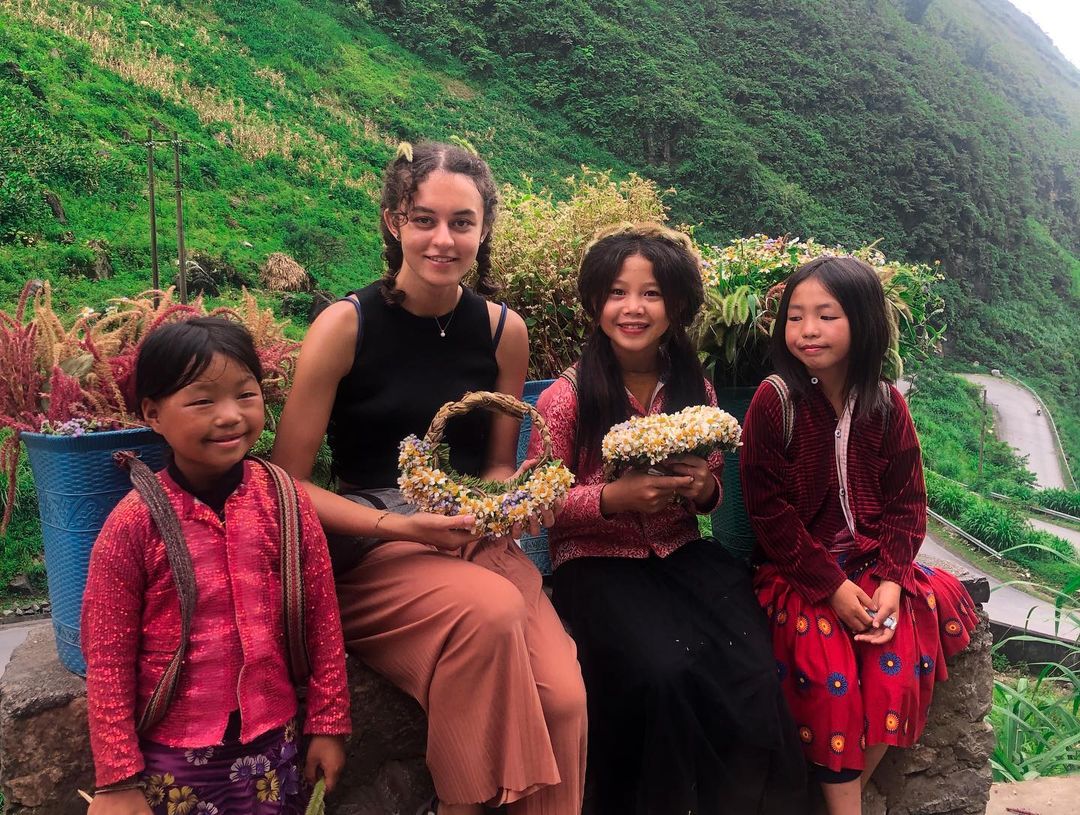
One of the most rewarding aspects of traveling through Ha Giang is the opportunity to immerse yourself in the daily lives of its ethnic communities. Here are some ways to enrich your cultural journey:
Staying in a homestay is one of the best ways to experience the authentic culture of Ha Giang’s ethnic communities. Many villages offer homestay accommodations, where you can live with a local family, share meals, and participate in daily activities. This immersive experience provides a deeper understanding of the community’s way of life and allows for meaningful interactions with your hosts.
Explore Top Villages in Ha Giang Loop
Timing your visit to coincide with traditional festivals is another way to experience the vibrant culture of Ha Giang. Festivals such as the Hmong New Year, the Long Tong Festival (a Tay festival to pray for good harvests) and the Cap Sac ceremony (a Dao coming-of-age ritual) offer unique insights the region’s customs and traditions. Participating in these celebrations allows you to witness traditional music, dance, and rituals firsthand.
Visit Ha Giang Loop Through the Seasons
Many villages and cultural centers in Ha Giang offer workshops and activities that allow visitors to learn about traditional crafts, cooking, and agricultural practices. These hands-on experiences provide a deeper appreciation for the skills and knowledge that have been passed down through generations. Whether you’re learning to weave a Hmong textile, cook a Tay dish, or create a Dao herbal remedy, these activities offer a unique connection to the community.
Visit Local Markets in Ha Giang
Conclusion
Ha Giang’s ethnic communities are the heart and soul of the region, each contributing to the rich cultural tapestry that makes this province so unique. Exploring the traditions, crafts, and daily lives of the Hmong, Tay, Dao, Nung, Lo Lo and other ethnic groups provides a deeper understanding of Ha Giang’s heritage and a more enriching travel experience.
As you journey through Ha Giang, take the time to engage with the people, participate in their traditions, and appreciate the beauty of their cultures. By doing so, you’ll not only gain a greater appreciation for this incredible region but also contribute to the preservation and celebration of its diverse heritage. At 4D3N Tour and 3D2N Tour Jasmine Tour, we specialize in providing authentic cultural experiences that connect you with Ha Giang's ethnic communities. Our guided tours offer a unique opportunity to learn about traditional crafts, participate in local festivals, and stay in village homestays. Explore Ha Giang with us, and let the stories of its people become part of your own travel narrative. Discover the beauty, traditions, and hospitality that make Ha Giang a truly unforgettable destination.
Contact Information for Jasmine Tours:
There is 0 comment, review about Ha Giang Loop’s Ethnic Communities: A Tapestry of Culture and Tradition
TVQuản trị viênQuản trị viên
Xin chào quý khách. Quý khách hãy để lại bình luận, chúng tôi sẽ phản hồi sớm